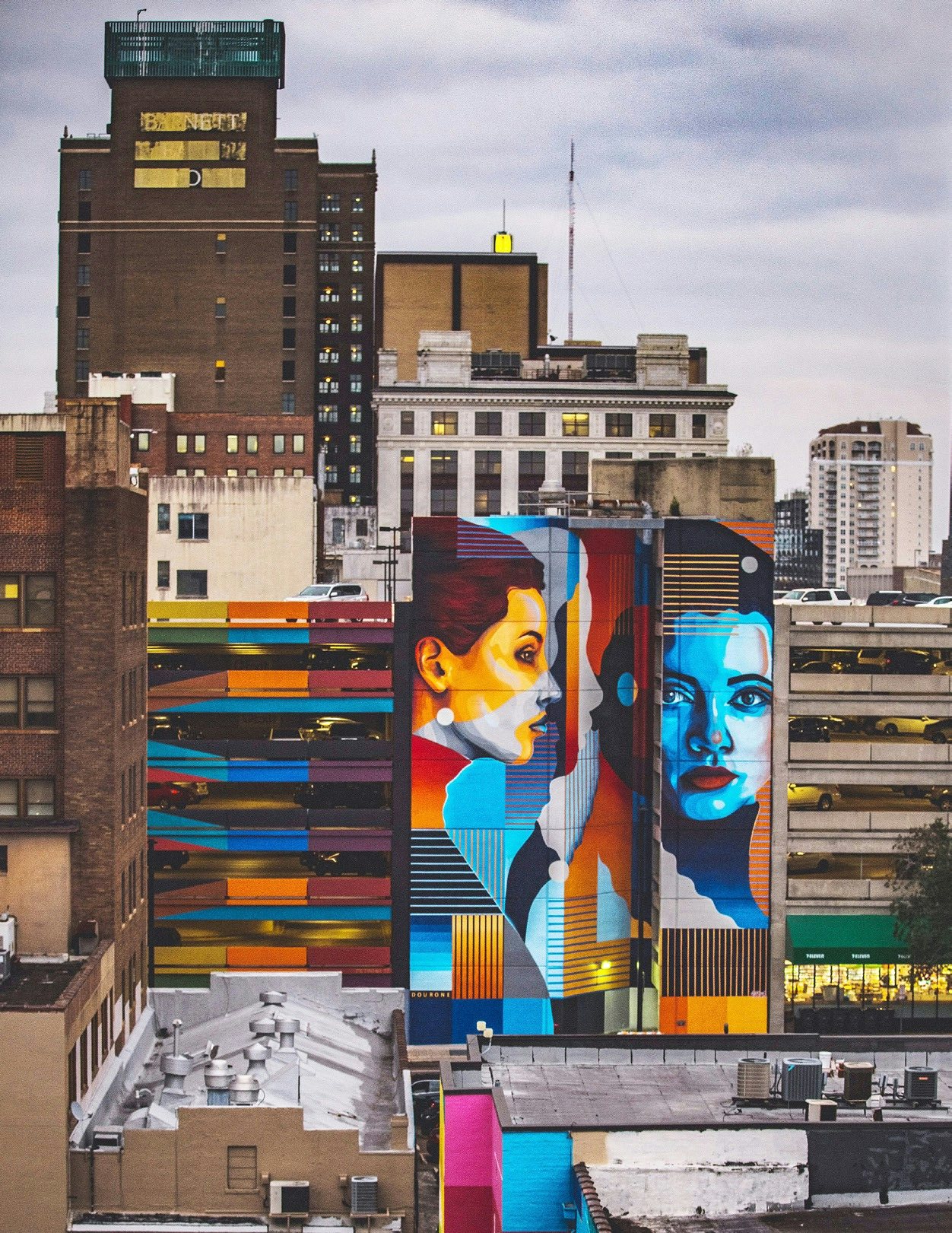CULTURE SPY - ART IS DEAD (LONG LIVE ART)

As Hannah Gadsby, the Netflix phenomenon comedian from Tasmania, shares in her new show called “Nanette,” maybe Picasso shouldn’t be lauded for cubism, but be reconsidered for his ill-treatment of women. This is how art is staying relevant; it’s not just hanging in a museum; it’s not just being critiqued from an ivory tower. It’shit the Internet and it’s being discussed by comedians and art pomps alike. Today, technology is fueling the art world and the new art buyer is less concerned about art fairs or even galleries and rather is spending time online to curate their art buying experience. All hail technology and its gorgeous reach. “There was a significant increase in the number of new buyers purchasing art during the last year and — U.S. Trust’s 2018 survey found that 43 percent more collectors bought art online compared with 2017 — and many of them are millennials,” says Rebecca Wilson, Chief Curator at Saatchi Art, an online marketplace for art. The same report also found that nearly all (97%) of the millennial collectors they surveyed said they would buy art this year. “There has been a definite shift in comfort levels with purchasing art online, which I think reflects the fact that online galleries are finding new ways to combine a personal experience with technology, improving levels of confidence and trust in buyers.”
New art buyers are coming to the world of art by skipping the perceived snobbery of galleries and fairs and coming straight to art through social media; specifically, Instagram. Hiscox (the underwriter of insurance giant Lloyd’s of London) conducts an annual survey about the art market and they found that 79 percent of buyers under age 35 used Instagram as a means of exploring new artists. “This is having a hugely positive effect for online galleries as younger buyers move easily from social media to online galleries selling art,” says Wilson. And Rob Weisberg, CEO of Invaluable (an online live auction marketplace) agrees: “There has never been a more critical time for our industry to prepare and execute digital strategies that engage, inspire and capture the next generation of art buyers — Millennials.” “Younger buyers are motivated by accessibility and by discovering art they really love that’s affordable, which makes the online experience much more likely to be something that they gravitate towards than going from one brick and mortar gallery after another where the selection is limited,” says Wilson. As she thinks the experience is often intimidating and prices are often high in comparison with online galleries where most sales are below $5,000. One of the challenges of the online art market is the desire on the part of buyers for price transparency and quality assurance. But Saatchi Art prides itself on price transparency. In fact, as Wilson points out there is a price on every artwork they sell so buyers know upfront what the price is and don’t have to ask. “But I think a more widespread level of transparency through some kind of decentralized global inventory is a long way off,” she adds. “I can see the benefits of it for buyers, but I think that it goes against the grain of the foundations of so much of the art market, which remains one of the most unregulated industries in the world and thrives on a lack of transparency.” A part of all this newness and evolution is Art Republic based in Jacksonville, Florida, which is changing the whole art world model. It has developed a revolutionary new model for the art industry, an Art House offering online sales, global exposure, events, curation and production for meaningful artists and designed for millennials; it modernizes and thus democratizes the market. As founder Jessica Santiago says: “The global art industry has been calling for an intervention for decades with no major innovation.” She believes that most of the current online commerce options have been designed by “old guard professionals” and are not with the insight and direction of actual millennials. “So, I think that they are missing major factors that create loyalty and advocacy,” she adds. Their method? An E-Commerce platform using Blockchain technology will protect artworks, allow digital art to become collectible, build trust among buyers, as well as allow artists to receive royalties on future resales of the work. A so-called new patronage model if you will. “ArtRepublic trusts in impacting change,” says Santiago. “Artists have always wielded technology to redefine the future, for everyone, from Leonardo da Vinci to Occupy Museums. The time is now for resurrecting the rightful role for artists, and their allies.” Humans and animals evolve. It is our very nature. What makes us human is our ability to reflect. Creativity give us the context to do this and technology is the fuel for this progress. In fact, the future of living depends on it. The awe of technology and art together as compeers.
Read Next
Navigator Newsletter Stay informed on all things yachting and luxury lifestyle with the bi-monthly Navigator newsletters.
